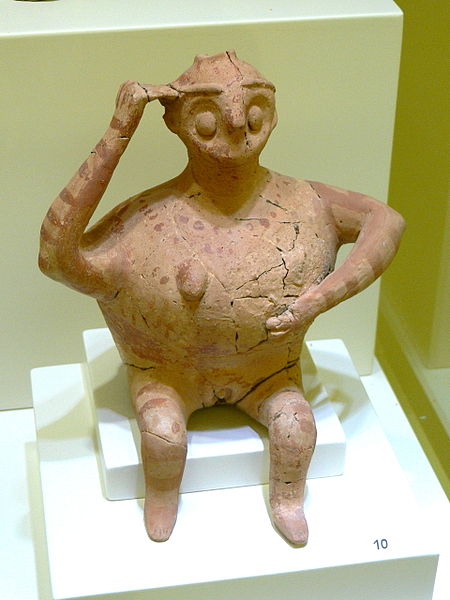Gournia

Facts and practical information
Nestled on the island of Crete, the Minoan archaeological site of Gournia beckons history enthusiasts with the remnants of a civilization lost to time. This ancient palace, dating back to the peak of the Minoan era around 1600-1450 BCE, offers a rare glimpse into the architectural and cultural achievements of a prehistoric society that thrived in the Aegean region.
Gournia, often referred to as the "Pompeii of Crete," presents one of the most complete sets of ruins on the island, providing visitors with an intimate look at the layout of a Minoan town. Excavations, primarily led by Harriet Boyd Hawes in the early 20th century, unveiled a sophisticated urban design featuring a central courtyard surrounded by intricate residential and administrative structures.
The site's defining feature is its palace, a multi-level complex that stood at the heart of Gournia's social and political life. The palace, although smaller than the more famous Knossos or Phaistos, offers vital insights into the administrative functions and luxurious lifestyle of the Minoan elite. Its storerooms, workshops, and religious shrines paint a vivid picture of a bustling hub of activity, commerce, and governance.
Visitors to Gournia can wander through the ancient streets, lined with the remains of houses, shops, and workshops, to feel the pulse of a community that once was. The archaeological findings, including pottery, tools, and the famous stone-paved road, further illustrate the daily life of the Minoans.
Gournia – popular in the area (distance from the attraction)
Nearby attractions include: Ammos, Pseira, Ha gorge, Azoria.


















